The Canon 40D came out in 2007, the latest in a then well established line of “dedicated amateur” cameras. It is significant in that the 40D represented almost the last model designed to shoot only still images. After the 40D the priorities of DSLR manufacturers turned towards video and stills became a secondary feature, no doubt fuelled by the coincidental launch of YouTube in the same year.
It won’t surprise you to learn that this is the point at which I got off the DSLR train. The 40D was the last, and to this date the latest DSLR I have ever bought from new. The 40D in this review is not the one I purchased in 2008, but rather a “for spares or repair” body that I picked up on ebay for all of £5 in what could only be described as an absolute state.
For £5, it had to be worth a punt to be reunited with one of my favourite cameras ever, right?
In this review:
- We have history with the 40D
- “Fixing” the shutter button
- On its last legs?
- It’s still got it
- Conclusions and learning
We have history with the 40D
I regret selling my Canon 40D, we went through a lot together. I bought it from new using one of those brilliant cash back deals that Canon used to do in April of 2008. Upgrading from a Canon 350D, I can still remember unboxing it, holding it in my hand and marvelling at the ergonomics, at how much better it was to hold in the hand. This felt like a professional tool, in photography terms I’d upgraded to the big time. Well, big enough for my student budget at the time.
In 2008 I’d no experience whatsoever of proper camera ergonomics. I hadn’t grown up with film SLR’s – anyone who had would not have seen the 40D as quite the revelation I did, all 1990’s film SLR’s had sorted body shapes and grips. I did own a film camera then, but I don’t think you can describe the AE-1 Program as something which moulds to the shape of your hand. It is beautifully tactile, however.
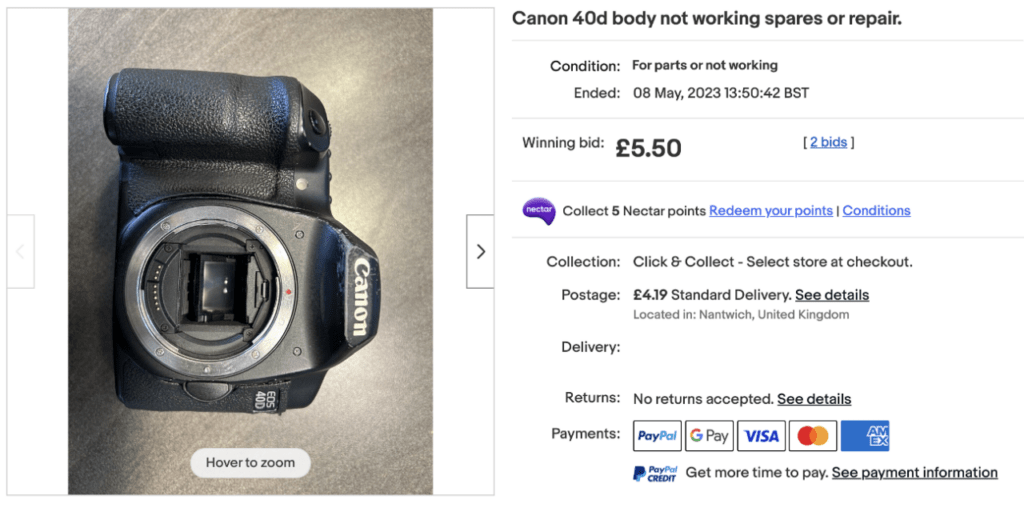
The 40D introduced me to some genuine quality of life improvements. The little joystick was a revelation, suddenly I could directly select focus points in an intuitive way and that little scroll wheel on the back was just brilliant. On top of this, it came with an absolutely massive (for the time) 3″ lcd screen on the back. For the first time it was practical to not only review a shot but to make a reasonable judgement about motion blur and focus. It wasn’t perfect, those kinds of screens were some years away yet, but it was one hell of an upgrade over the squint-tastic affair on the 350D.
To put it succinctly, I was sold and went on to shoot many favourite memories and a few assignments such as weddings on that camera. Knowing that I had a “proper” camera genuinely gave me the confidence to take on work I’d have otherwise felt under equipped to perform with a 350D. Yes, we all know you can get great images out of a cardboard box if you’re skilled enough, but sometimes there’s a genuine case for just having a bit of a gear upgrade to hide some of your deficiencies as a photographer!
“Fixing” the shutter button
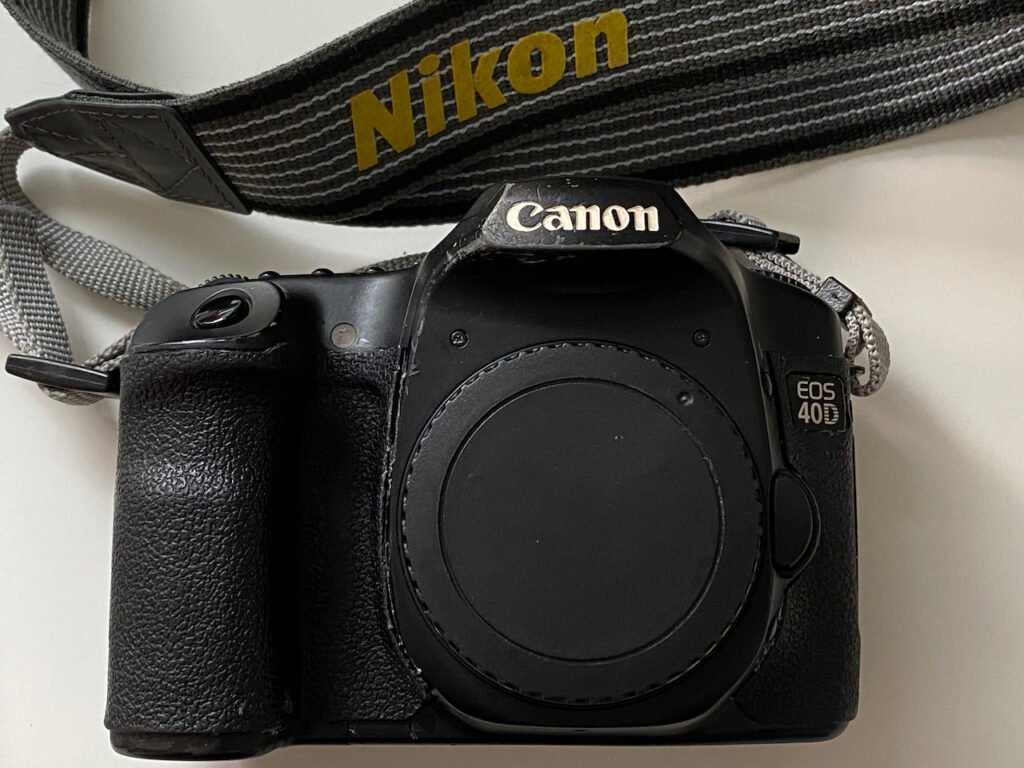
When it arrived, the camera was in pretty bad shape. It was filthy, every piece of grip or textured rubber was falling off, it’s covered in wear and scratches and the shutter didn’t fire. Not a great start.
The 30 and 40D both historically suffered from broken shutter buttons. The truth is, they’re not actually broken but dirty. The design of the button allows either dirt to ingress between the thin metal plates or they oxidise and stop making a decent electrical connection. The 30D is designed in such a way that the top of the body lifts off relatively easily and you can disassemble the shutter button and fix it properly. The 40D was more than just a point upgrade and Canon for some reason redesigned the body to make getting to the shutter button an absolute sod of a job.
Let’s get straight to the truth. I bodged this. I really bodged this repair. For £5, I could’ve absolutely taken the time to learn how to properly disassemble the body, but time and space were pressing and so I went for the “fill it with a bit of alcohol and see what happens” approach. This worked, briefly, but didn’t solve the issue permanently. Thinking quickly, I went for acetone or as it’s more commonly known – brake cleaner. Acetone is a bit more aggressive but still safe to spray around electronics, or at least it is if you contain it.
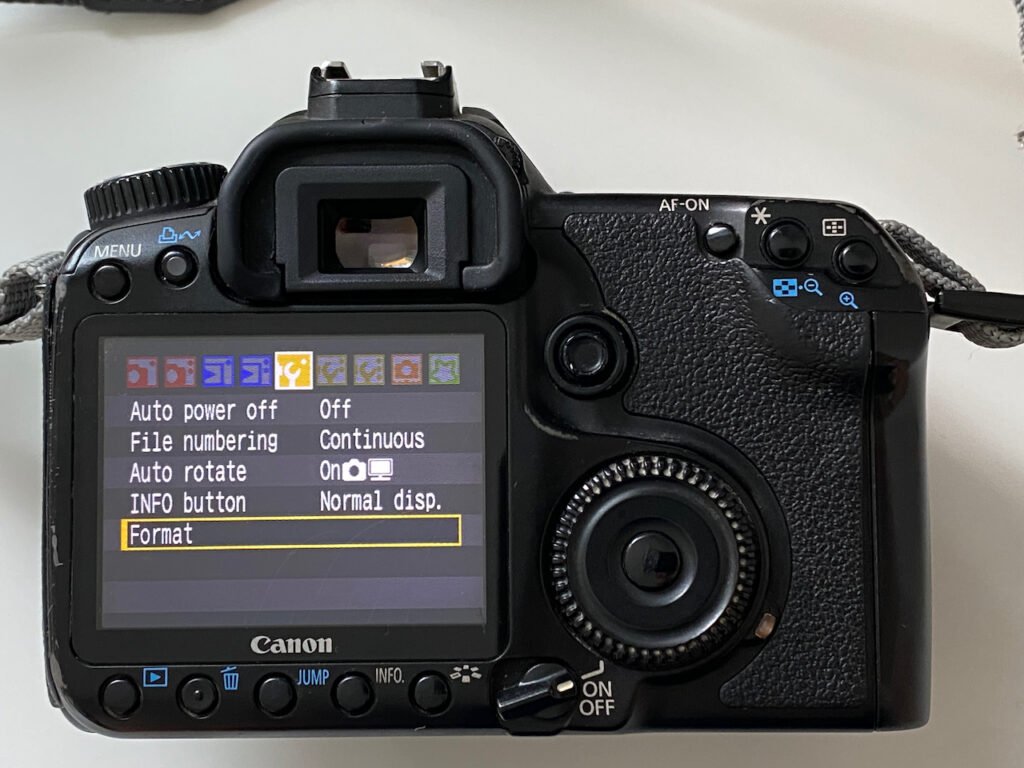
I did not take my own advice and so liberally filled the 40D shutter button with acetone. This worked an absolute treat, it permanently fixed the shutter button issue and has lasted many months – it still fires first time, every time. The slight downside was that I also filled the screen at the back with acetone. Long story short, the teardown and repair didn’t go all that smoothly and now there are some lines on the screen – they’re actually not on the panel itself but in some of the diffusion layers. I could buy a new screen, but they’re more than the value of the camera. It works…. sort of…
On its last legs?
Anyway, about that shutter… I didn’t think to even check if the issue was a symptom of a failing shutter. Canon nominally rated the 40D shutter for 100,000 actuations which seems like enough for most people and certainly the expected lifespan of a camera of this type.
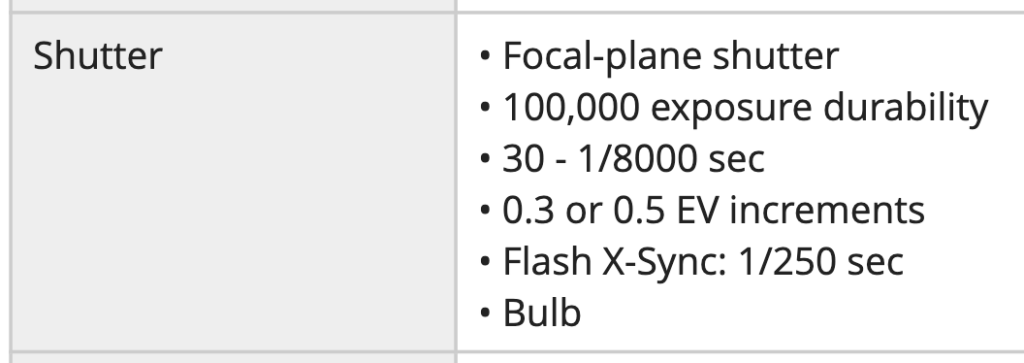
Canon historically have been really secretive about how many times their shutters have been fired. It wasn’t until the 40D and later models that they actually made the data relatively easy to extract. On earlier models its either impossible or extremely convoluted to find out how much life the shutter has left. Realising that I had a camera modern enough to plug in to a computer and get some data out of, I decided to give it a go. When I did, my eyes nearly popped out of my head.

That’s not a mistake. This poor thing has fired over 336,000 shots in its life. I think this goes a long way to explain the absolute state it was in when sold. I’m just full of questions, though, who owned this before? Why were they rattling off hundreds of thousands of pictures on a 40D?
Either way, I’m genuinely impressed. By luck or by design, this has soldiered on for more than three times its expected lifespan and honestly, it seems to have rather a lot of life still left in it. I cannot get over that shutter count.
It’s still got it
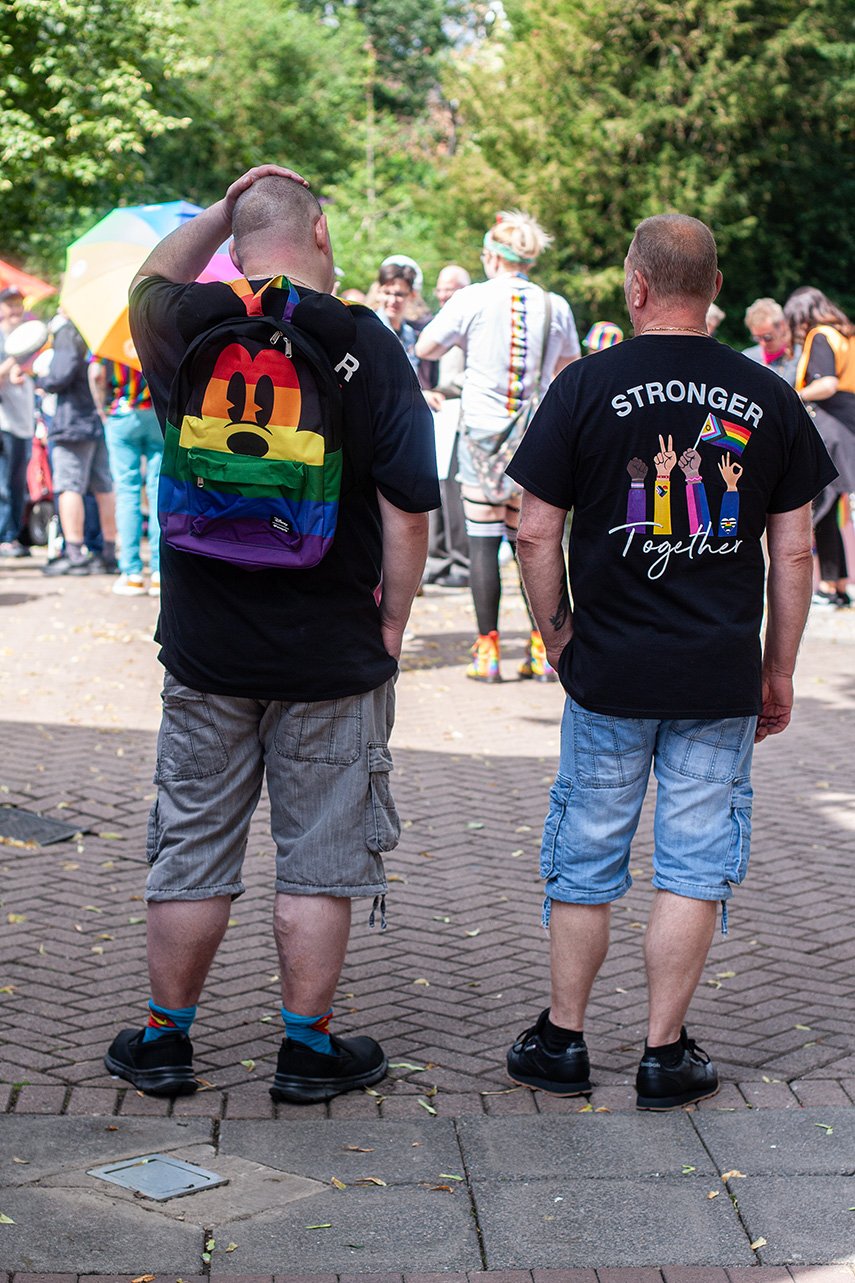
Some time back I’d been asked to photograph a pride march for the local news website (link if you’re interested) and this wasn’t a job for the film camera collection for one simple reason – colour! It sounds odd but when I have an assignment to do there is, in my head, a particular camera for the job. In this case, I was set on using the Canon 5D with a 24-105 F4 L, which seems the perfect set up for something like this – the focal range is spot on and the 5D is full frame and produces really quite beautiful colours.
You’ll understand that whilst I might have a cupboard full of cameras, none of them are modern by any means. I’d hope that if you’ve read anything else on this site then you’ll understand that I firmly believe that age of equipment has almost nothing to do with quality when it comes to photography – the gear obsession can be so strong we often forget that cameras such as the 5D have taken award winning pictures. They don’t suddenly stop being superb imaging tools just because a new model comes out. Yes, I hear you, there’s an obvious argument if you’re being paid to produce 50MP, clinical shots for a billboard advertisement – but I’m just your average bloke off down the town to take some pictures.
However, in the name of many contradictions, when someone is relying on you for your images its sensible to have a backup. In fact, in this instance I knew that I wanted to do a few portraits if possible and so changing lens in the middle of a live event isn’t the most practical idea. The answer is to be the anti Wash & Go and take two cameras into the shower rather than one (children of the 1990’s will understand this perfectly). What better time to test out just how dependable this old 40D is! I strapped a 50mm F1.4 to it, charged the battery and we were ready to go.

Compared to the 5D, the 40D has a lot going for it. The autofocus is certainly a bit more snappy and it can rattle off shots slightly faster as well. The only downside is that it comes with a 10MP sensor compared to the 12 of the 5D, but as we’ve discovered before, anything 8MP and above is going to be just fine for this kind of work. Couple with the 50mm, the 40D feels well balanced in the hand and the weight is pretty much spot on, in short I absolutely love how this thing feels to use – you don’t notice it and when you stop noticing a tool and just get on with using it then you know you’re on to a winner.
I put the 5D at F8 in AV mode and the 40D at F3.2 for some shallow depth of field and then just ran around like a camera gun slinger taking pictures of everything and trying very carefully not to fall of a bin which gave some height and perspective to things – anything helps when you’re 5ft nothing in a crowd of tall people.
I normally use a camera sling rather than a strap on a camera and I’d attached this to the 5D. These things are really sturdy, a big metal plate screws in to the tripod mount. Why am I telling you this? For the simple reason that near the end of the shoot, imagine my surprise when my 5D spontaneously appeared on the floor, complete with lens that is worth more than all of my cameras put together. I couldn’t believe what was going on, nor could I believe my luck as it had fallen completely straight down. The type of fall combined with the lens hood (they might look stupid, leave them on) had absorbed the shock. Quite improbably, everything seemed to still work exactly as it should. I’ve never dropped a camera like that before in my life, I really don’t want to again. Check your straps!
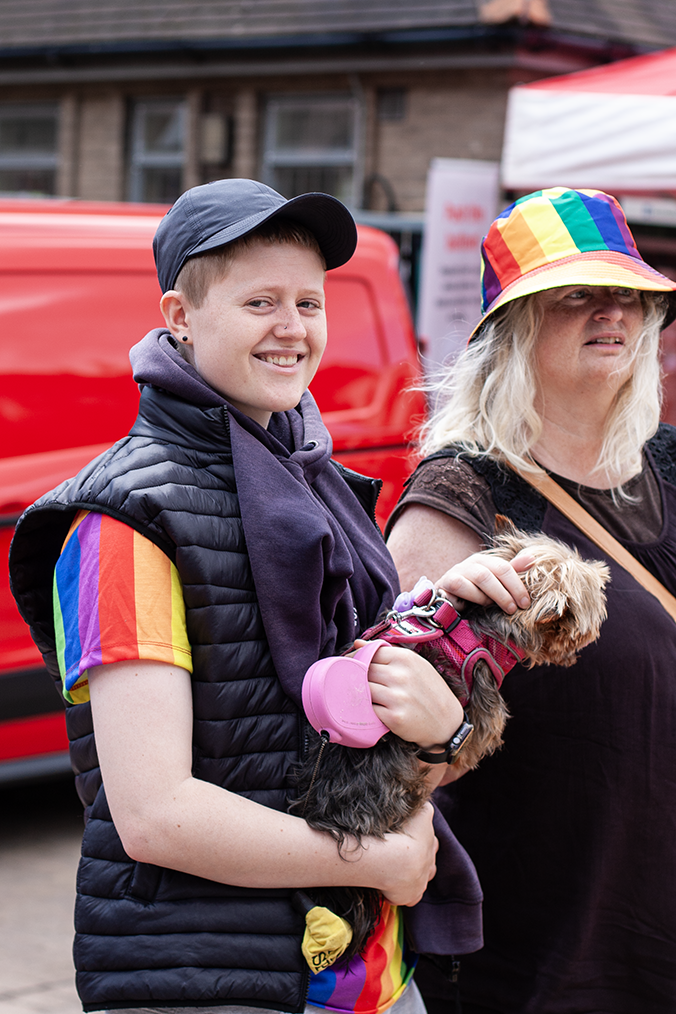
Back to the 40D, remembering that this particular example has shot 300,000 pictures, looks like it has been round a washing machine filled with gravel and has been bodged with half a can of brake cleaner… it was perfect. It fired first time, every time. Focus is spot on in all of the pictures that came out of it, there were no lens or body errors that popped up whilst shooting. It just worked. I find this quite remarkable. As a backup camera, it was perfect. It wouldn’t have been the end of the world if it died, inconvenient yes, but not a deal breaker and in my head I was prepared for it to clock off at any moment.
Conclusions and learning
I’m not for one second suggesting that anyone who makes their living from photography would even consider doing what I did. When your livelihood relies on your ability to get results, you are not about to trust your next mortgage payment to a 15 year old camera that cost pennies from eBay. This is where you make the investment, buy the best gear you can afford and recognise the importance of investing in both yourself and your business.
Part of what drives my passion for photography and this site is the sheer value that is out there on the second hand market in both digital and film categories. This truly is a golden age of affordable, high quality second hand photography. Cameras like the 40D are readily available in excellent condition for around £50 and that’s outrageous value. I could repeat myself about the megapixels debate and yes, we all know that that extra resolution might bring you that cropping power you need or that detail resolved that you missed but really, 10MP images are *massive* on a high resolution monitor and will happily print A4 and larger. What is the use case for a photographer on a budget needing more resolution?

The 40D produces images that are 3888 x 2592 pixels. If that means nothing to you, this is just slightly more than an image on a 4K TV if you’re watching actual UHD content. If you consider that a 4K TV is usually 50″ or larger, have you ever looked at your massive TV and thought “that image looks rubbish.” The answer is probably no. This is just one reason why you probably don’t need to be hung up about more megapixels.
The XXD range of cameras like the 20, 30, and 40D are one of the best introductions to “proper” DSLR photography you can get. Any of those bodies will teach you everything you ever need to know about photography, they’ll grow with your ability and will provide every function and feature you are ever likely to need. You will get incredible images out of cameras like this that will look fantastic printed out or shared on websites and photo sharing platforms. If you spend the majority of your budget on the incredible 50mm F1.8 STM lens than you’ll have a cracking combination that will offer some great creative possibilities with shallow depth of field.
I invested recently in the 50mm F1.4 and with the USM focus it really is a fantastic lens. The weight and size make it just that little bit easier to handle than the smaller F1.8 and it makes a perfect match for a body the size of the 40D. I love the focal length – when you take into account the 1.6x crop of these sensors you have an 80 ish mm lens and that’s perfect for portraiture and not getting in peoples faces on the street.
It won’t surprise you to hear that I heartily recommend the 40D and its stable mates. If you want to try out SLR photography, fancy upgrading from just using your phone or simply need a backup body to use so you don’t need to keep swapping lenses when you’re out and about then what have you got to lose at these bargain basement prices?
Bottom line, I love the 40D. A lot.
Share this post:


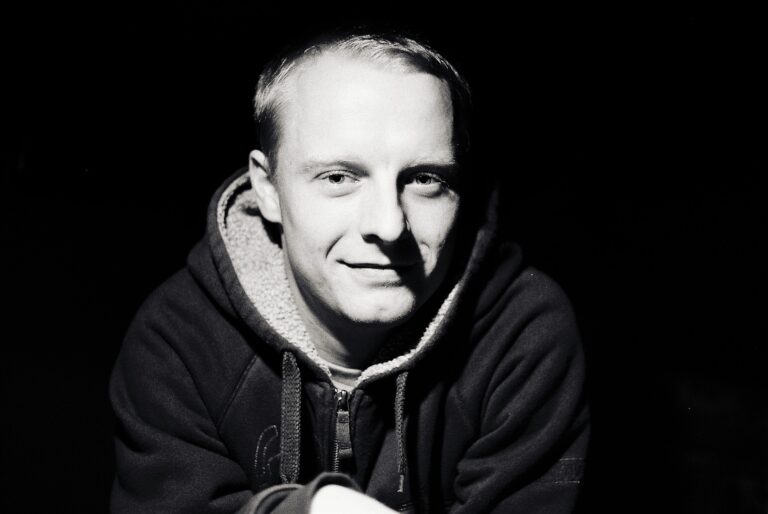
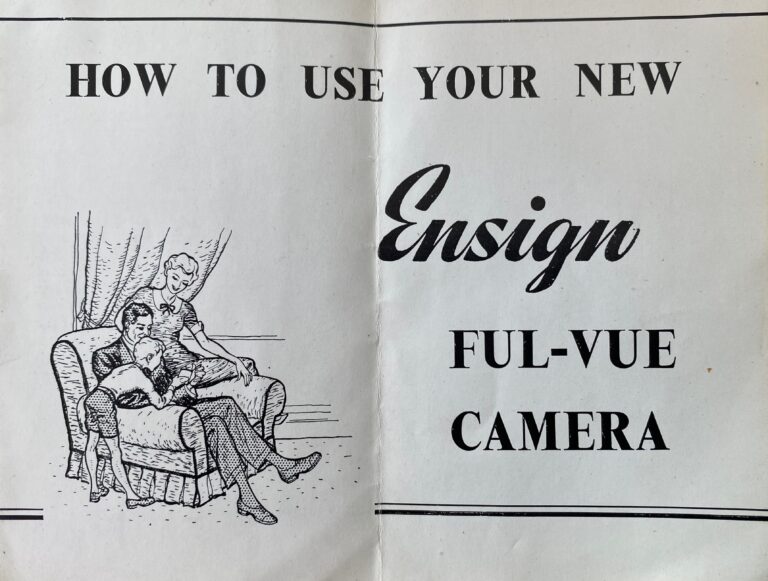

Canon 40D is a fantastic camera. 10 megapixels is more than enough for an APS-C DSLR. These larger pixels produce cleaner images. Current 32 mp Canon drop DSLRs are crap producing huge noise naturally and images are not as clear as it is with 40D.
There are plenty of good condition 40D bodies with used camera vendors that can be professionally used by any level photographers. Make no mistake, it performs the job it is supposed to.
Recently, I got one from B&H used department that is practically new. Looking forward to using it for multiple purposes as long as possible. I know the shutter button might give trouble however; it should not be very difficult to fix
You’re right, if you take your time the shutter fix isn’t too bad. I just wish they hadn’t changed the disassembly process from the 30D – that was trivially easy to get the top off an access the shutter button. I’ve always been happy with the results from the 40D, it really is a very good camera and of course, like shooting film, there comes a point where your sensor is “good enough” and it all comes down to the quality of lens you use. Glad you’re enjoying yours!